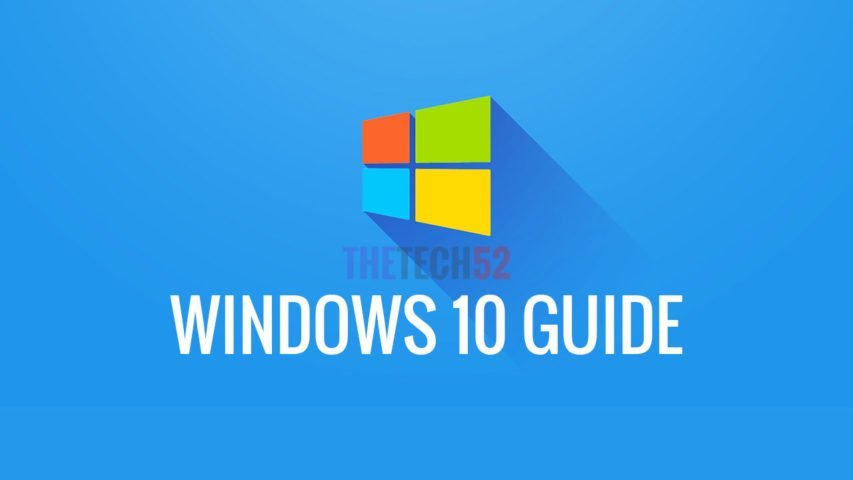If you have installed Windows 11 on your PC, it doesn’t work as expected and often has a worse experience than windows 10. And If Windows 11 is not perfect for you, you want to Rollback from Windows 11 to Windows 10 then we will guide you on how to Rollback from Windows 11 to Windows 10.
How to Go Back from Windows 11 to Windows 10
According to Microsoft, you will have to roll back the upgrade within the first 10 days. And you must make sure that you don’t delete your old Windows 10 files after the upgrade.
Otherwise, all previous Windows 10 data will erase, and you will have to reinstall Windows 10 brand new. The process of returning to Windows 10 from Windows 11 is quite simple. You do the following:
- Step 1 You press the Windows + I key combination to open Settings. Then select System > Recovery.
- Step 2 Here, you will find the previous version of the Windows option and click the Go Back button next to it.
- 3 Step You will be asked why you want to go back to Windows 10 from Windows 11. Select one of the available reasons and click Next.
- Step 4 Next, you can choose to check for updates or skip this step.
- Step 5 Click on Next in the next screen to continue.
- 6 Step Click Go back to an earlier build, and your computer will now reboot. Then the downgrade to Windows 10 from Windows 11 will begin. Remember that this process will take about 1-2 hours depends on your computer configuration.
Instructions to Rollback from Windows 11 by Reinstalling Windows 10
If the 10-day period has ended, you will not be able to Rollback from Windows 11 to Windows 10 in the above way. Now a clean install is required. First, you need to back up all your data or anything you want to keep. This process will erase everything on your drive, so creating a backup. You will also need a USB flash drive for installation media.
First, you have to create a Windows 10 Boot USB. When it is done, you’re ready to start a clean install. Here’s how to do it:
How to create a Windows 10 Boot USB
- Step 1 You press the Windows + I key combination to open Settings and select System> Recovery.
- Step 2 In the Advanced startup section, click Restart now.
- 3 Step Your computer will restart. Here, select Use a device > EFI USB Device.
- Step 4 You will be redirected to Windows 10’s Windows Setup. What you need to do next is select the language and region you want. Then, click Next.
- Step 5 In this step, you accept the license terms of Windows 10. In the next screen, select Custom: Install Windows only (advanced) to install the cleanest Windows 10. Or Update: Install Windows and keep files, settings, and applications to keep the data you use on Windows 11.
- 6 Step Next, you will see a list of partitions and drives on the computer. Now, select the partition where you want to install the windows.
- Step 7 Click Next. The installation will begin.
Once the installation is complete, your PC will reboot. Now you can remove the USB drive. You have successfully rollback from Windows 11 to Windows 10.
Summary
The article guide you on how to Rollback from Windows 11 to Windows 10 within 10 days of upgrading. You can continue to use Windows 10 with full security and feature updates for the next few years. Because Windows 10 will be supported until October 14, 2025.


